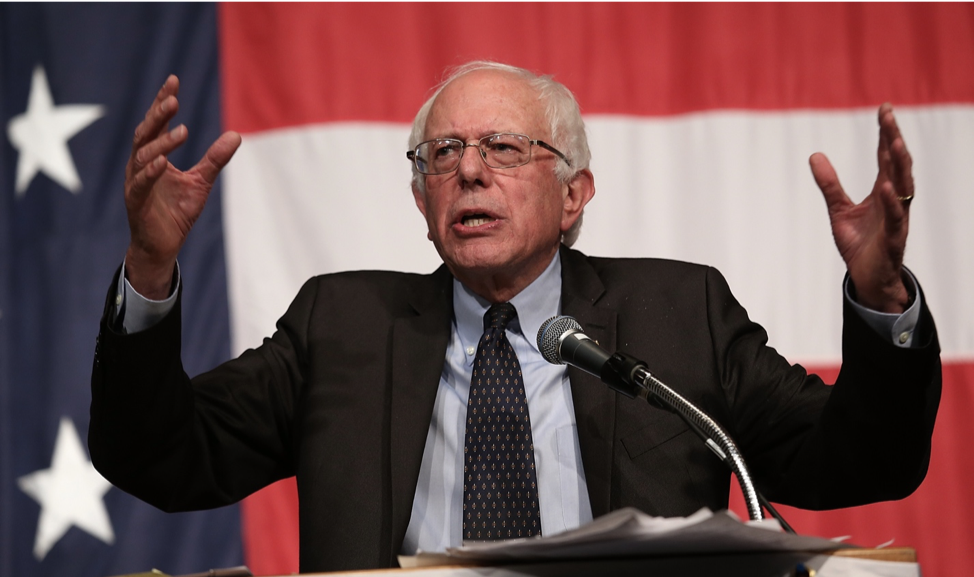Elon Musk has all but admitted that the Model 3 is a failed project and is trying to turn the focus onto newer projects on the horizon, the Roadster and Model Y. For a guy who has no problem stretching the truth when it comes to Tesla’s positives, it was shocking a few weeks ago when he admitted that selling the low-cost $35K Model S would kill the company. He also admitted that the factory automation wasn’t working. Wow. If Mr. Sugarcoat admits this much, you can bet that the real situation is much worse.
Everyone who follows tech is familiar with the annual stories about the iPhone costs Apple $220 make and insinuates that the rest is all profit for Apple. When in reality, all the costs outside of material and labor are ignored. Apple’s true profit isn’t anywhere near $600-$800 per iPhone after you deduct all the fixed overhead, general, and selling costs. Tesla was the first automotive company to get similar treatment. When a recent teardown estimated that the Model 3 was going to cost $28,000 to build many tech websites ran with it and proclaimed profitability around the corner. Never mind that they ridiculed any similar studies on the iPhone.
The German engineers for a German business magazine tore down a Model 3 and proclaimed that it would cost $28,000 to make. However, they based their cost analysis on 10,000 units produced per week. Think about that for a minute. That’s well over 500,000 units per year. If you believe that the Model 3 is going to outsell the Ford F-150 I’ve got some beachfront property in Arizona you need to take a look at. Or better yet, Elon Musk has some stock in a company that’s going to change the world for sale.
Labor is going to be up dramatically and the Germans used the original Tesla estimates. And don’t listen to anyone who says that the labor impact is fairly small. Because the full impact of labor doesn’t show up in labor. A good portion of it which covers employee benefits such as health insurance shows up in variable overhead. I saw one article on Seeking Alpha trying to make the case that Tesla’s big hiring spree for production labor wouldn’t hurt Model 3 margins by much when they completely omitted all the variable overhead piece.
And here’s the problem with estimating Tesla’s fixed overhead costs. It swings wildly based on volume. That means if the Model 3 fails to become as ubiquitous as the Ford F-150, the Model 3 becomes much more expensive to manufacture. Tesla’s cost model gets blown up. No one is talking about this. And guess what the Germans plugged into their cost model? Yup, the original half a million per year assumptions which included the low cost $35,000 model.
It’s doubtful that the original German cost estimate captured the full impact of manufacturing overhead even using this pie-in-the-sky volume estimate. But at anything less than 500,000 units per year and Tesla ends up shipping cars at a loss. Elon Musk becomes the next Elizabeth Holmes.
Tesla has two problems. First, getting production up. Second, maintaining steady demand that will allow them to stay alive. By far, the latter is the more difficult task. Everyone is talking about the production rate due to the massive cash burn. There’s a bunch of pension fund managers nervous that Tesla could go belly up before the end of this year. Tesla is on the hook for almost $2 billion in convertible bond repayments and if the stock price doesn’t go up, the show is over.
But if Tesla can jump over the lower of the two hurdles, they’ll immediately pivot to the next horror just like in a fast paced action movie. The focus shifts to Model 3 profitability. The stock price is the present value of future profits. Profits being the key word. Tesla’s valuation assumes a huge profit margin. If the Model 3 continues to lose money or even produce lower margins, investors won’t fork over the money for Model Y or the Roadster. Investors are getting close to done with Elon Musk and the Model 3 is the last straw.
Tesla stock has been on a great run over the past week, but even pessimistic shorts predicted this would happen. Everyone knew that Tesla would eventually get their Model 3 production rates up and when they did, the stock would rise on optimism. I predicted this in my book The Tesla Bubble. I said that the stock would peak after the car was launched and start to crash thereafter when demand starts to fall and quality problems are rampant.The shorts are patiently waiting for the long slide down.
Tesla is the most shorted stock on the market today. It’s because the smart money knows, that like Bernie Sanders, Elon Musk has already lost but he refuses to believe the math. If Elon Musk can continue to snooker people into buying Tesla stock there is a natural reaction to this. Like buzzards drawn to a carcass, the shorts will congregate around the fools.
Now available in iBooks —> The Tesla Bubble




 RSS Feed
RSS Feed